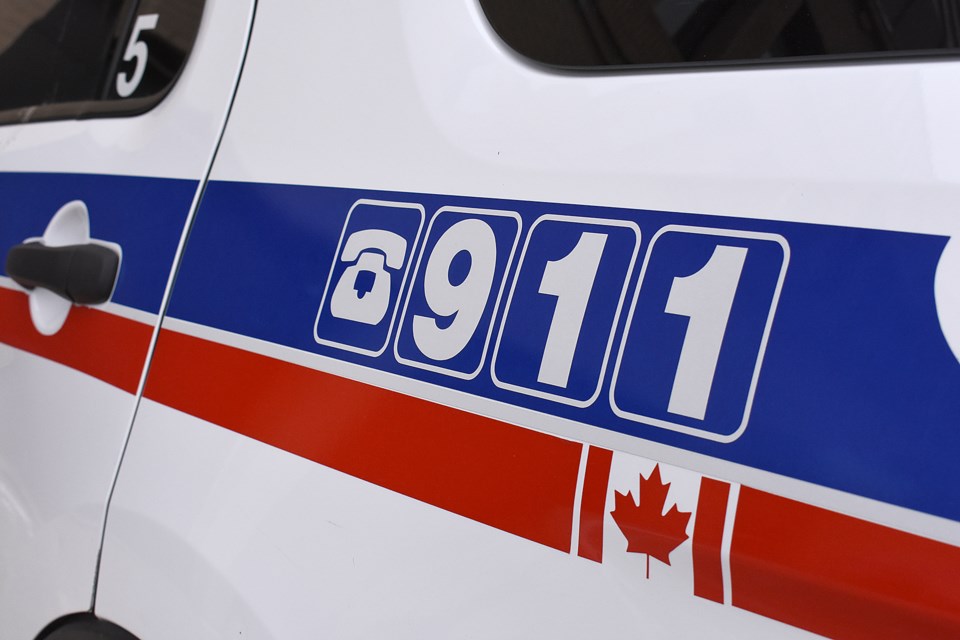The Moose Jaw Board of Police Commissioners has approved the police service’s 2022-26 equipment reserve budget, which includes spending of $332,830 this year, a decrease of $102,300 from last year’s level.
The Moose Jaw Police Service presented its equipment reserve budget during the board’s Feb. 8 meeting. The budget is based on depreciation of inventory items, with the amortized amounts funded yearly as an operating expense.
This five-year budget lists equipment that is either fully amortized and due for replacement or is new to inventory in 2022.
According to a board report, the 2022 contribution requirement from the operating budget is $249,147 for major items and $109,191 for small items for a total of $358,338.
However, after applying a credit of $25,508 from interest on the control account, the actual requirement this year is $332,830, the report added. This represents a decrease of $102,300 from the 2021 contribution level of $460,638 — if the credit is excluded.
The police service expects to spend more than $2.1 million through its equipment reserve budget between 2022 and 2026 to replace gear.
Some equipment has a shorter life than other items, such as vehicles, which have increased in cost lately, explained Police Chief Rick Bourassa. The police service assigns every patrol vehicle a lifespan of five years, although that doesn’t mean it replaces those vehicles at that time.
“Some of them, if they end up with a lot of kilometres on them or they’ve gone through hard use, we may ask to replace them,” he said. “For the majority, we keep them a bit longer, and their replacements are paid for.
“But we will keep them, not just based on their age, but also on their condition and whether they continue to be serviceable.”
The length of a police cruiser’s lifespan depends upon the vehicle and age and wear, said Deputy Chief Rick Johns. All patrol vehicles run 24 hours a day, seven days a week, so those vehicles don’t last beyond five years. However, the prisoner van, K-9 cruisers and ghost cars last longer.
Whether a cop car runs continuously depends upon what an officer is doing and how long it’s left unattended, he added. If members are inside headquarters briefly, they leave the car running since there is technology in those vehicles that are sensitive to temperature fluctuations and don’t appreciate being rebooted constantly.
Looking through the report, Commissioner Dawn Luhning wondered where it explicitly stated that the police service needed $332,830 for this year. She noted that neither the operating budget section nor small equipment reserve section featured that number, although the $377,447 available from the control account seemed close.
“It’s only a different of $20,000 to $30,000, but they should jive, shouldn’t they?” she wondered.
After reviewing the report and other documents, Bourassa replied that he would provide a document to the board in March with clearer information.
“The numbers in the report are correct and reflect the total depreciation needed for all the items in the equipment reserve,” Bourassa told the Express by email afterward. “This is different from the amounts that Commissioner Luhning was referring to, which are the totals of the items being purchased this year.
“Those purchases are covered through the accumulated depreciation and do not present a financial impact on the year they are purchased.”
The next Board of Police Commissioners is Thursday, March 10.




